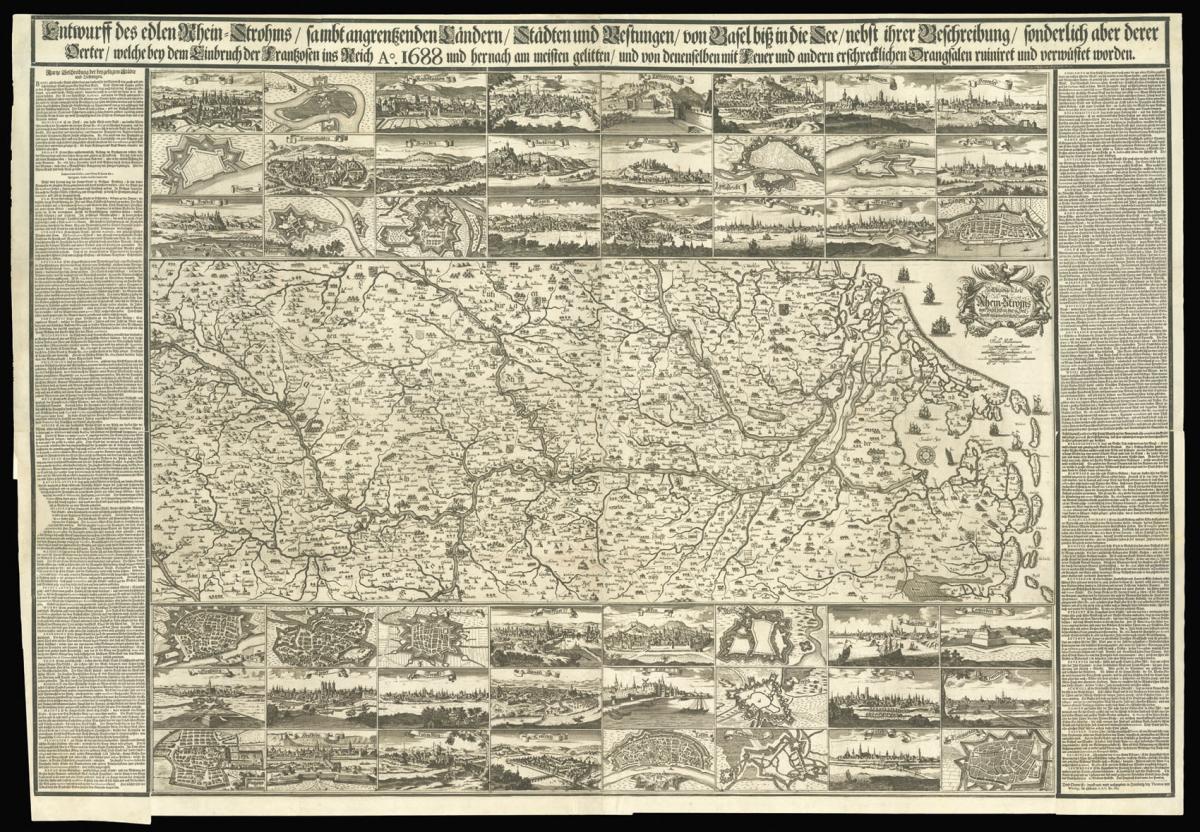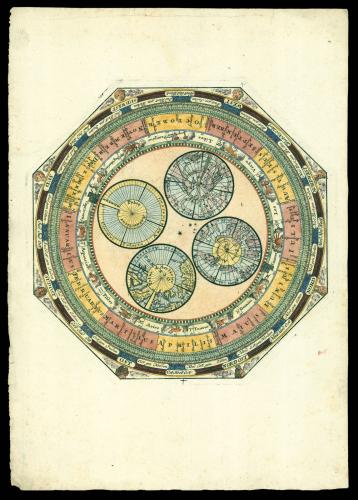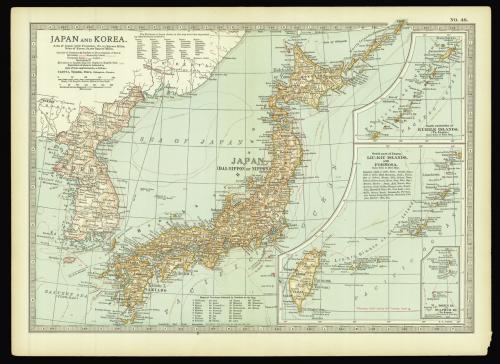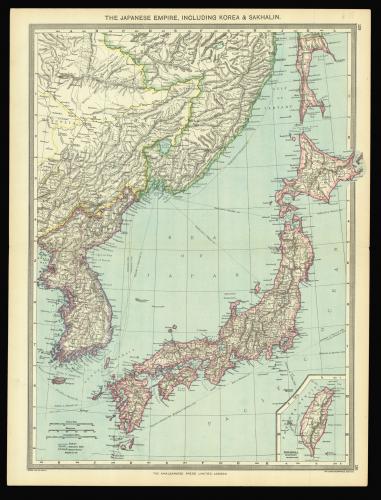

Price on application
This object is eligible for a Certificate of BADA Provenance
The BADA Standard
- Since 1918, BADA has been the leading association for the antiques and fine art trade
- Members are elected for their knowledge, integrity and quality of stock
- Our clients are protected by BADA’s code of conduct
- Our dealers’ membership is reviewed and renewed annually
- Bada.org is a non-profit site: clients deal directly with members and they pay no hidden fees
The Rhineland.
Title Entwurff des edlen Rhein-Strohms, sambt angrenzenden Ländern, Städten und Vestungen, von Basel biss in die See, nebst ihrer Beschreibung, sonderlich aber derer Oerter, welche bey dem Einbruch der Franzosen ins Reich Ao. 1688 und hernach am meisten gelitten, und von denselben mit Feuer und andern erschreckligen Drangsalen ruiniret und verwüstet worden.
Author WIERING, Thomas von.
Publisher Thomas von Wiering.
Publication place Hamburg.
Publication date 1689.
Engraved map on two sheets joined, 48 engraved views pasted to upper and lower border, text to left and right border, slight loss to text.
Notes
Large engraved plan of the Rhine and the surrounding countryside from its mouth to Basel.
Surrounding the map are 48 bird's-eye views of towns and cities within the Rhineland and its environs, together with two columns of text to the left and right margins, providing information upon the towns and cities. The work was produced during the early years of the War of the Grand Alliance, fought between Louis XIV and a European coalition trying to quash his territorial ambitions.
It marks the moment when Louis's army crossed the Rhine as a prelude to invading Philippsburg, the key post between Luxembourg (annexed in 1684) and Strasbourg (seized in 1681), and other Rhineland towns. This pre-emptive strike was intended to intimidate the German states into accepting his conditions, set out in his 'Mémoire de raisons', while encouraging the Ottoman Turks to continue their own struggle with the Emperor in the east.
The action was initially successful: Louis took control of the Rhineland from south of Mainz to the Swiss border. However, rather than capitulating, his actions galvanised the League of Augsburg into action. Louis soon realised he would not gain a short sharp victory, and so decided to put a scorched earth policy into effect in the Palatinate, Baden, and Württemberg instead. The aim was to deny enemy troops local resources and prevent them invading French territory.
By 20 December 1688, Louis had selected all the cities, towns, villages, and châteaux intended for destruction. On 2 March 1689, the Count of Tessé torched Heidelberg; on 8 March, Montclar levelled Mannheim; Oppenheim and Worms were finally destroyed on 31 May, followed by Speyer on 1 June and Bingen on 4 June. In all, French troops burnt over 20 substantial towns as well as numerous villages. The destruction wrought by the French forces is explicitly mentioned in the title of the present map, and within the text to the right and left border.
Thomas von Wiering (1640-1703) was a publisher working in Hamburg.
Rare; we are able to trace only one institutional example: Norrköpings Stadsbibliotek, Sweden.
Dimensions
370 by 970mm (14.5 by 38.25 inches). [including views and text] 830 by 1230mm (32.75 by 48.5 inches).Stock number
10754The BADA Standard
- Since 1918, BADA has been the leading association for the antiques and fine art trade
- Members are elected for their knowledge, integrity and quality of stock
- Our clients are protected by BADA’s code of conduct
- Our dealers’ membership is reviewed and renewed annually
- Bada.org is a non-profit site: clients deal directly with members and they pay no hidden fees




